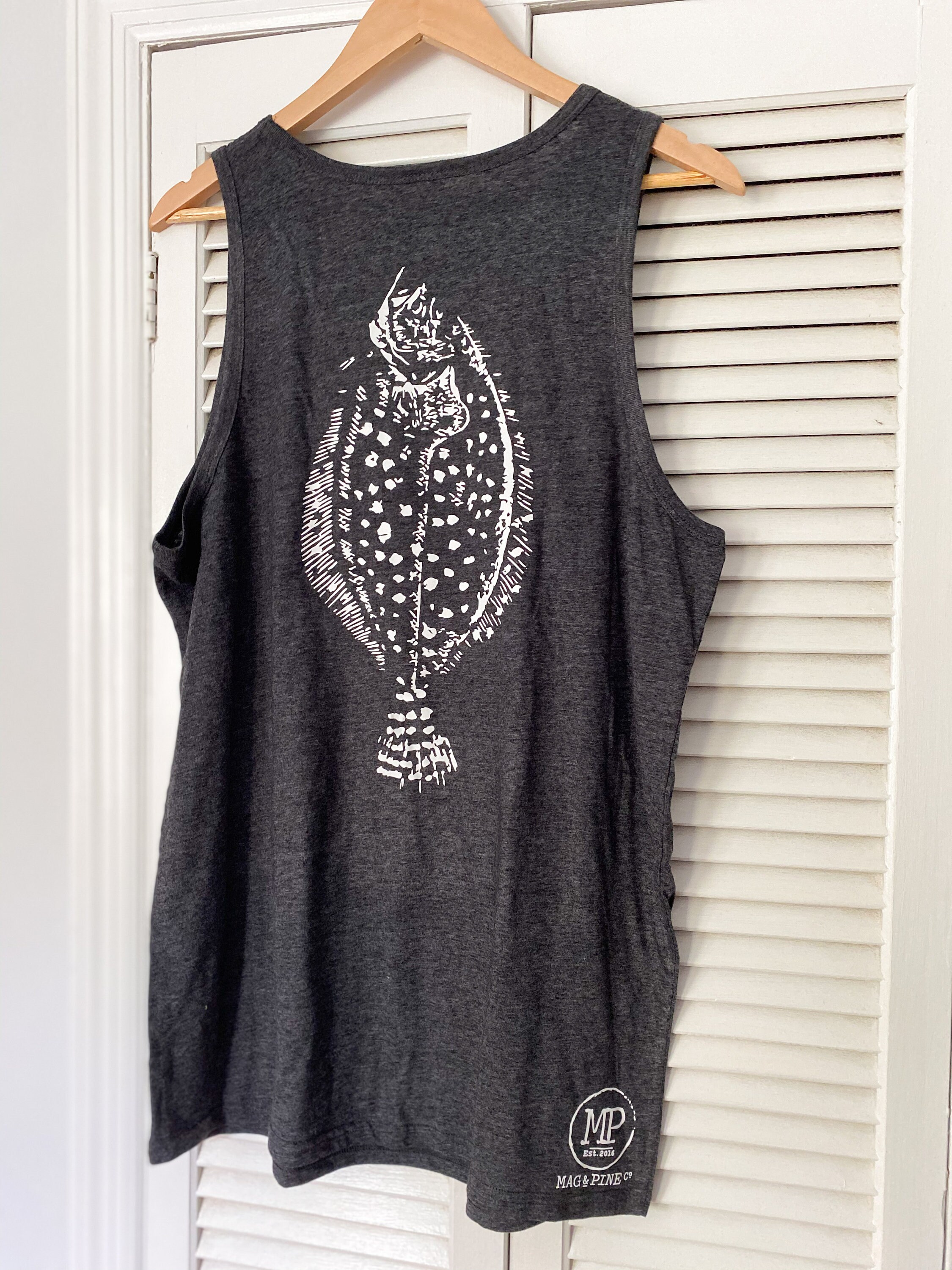

These hosts allow the monogenean parasites to lay eggs in their bodies and reproduce faster than if they were just living on fish alone. Apart from fish, they also reproduce in intermediate hosts such as freshwater snails. Presence of An Intermediate Hostįish are not the only viable host for gill flukes. Also, the flukes are able to spread more quickly through their hosts’ bodies since they have a higher chance of survival in environments with poor water quality. Poor water quality makes this infection more likely because the flukes are able to grow more quickly and reproduce faster. Pond fish are also at risk, since they are kept in outdoor environments which give the parasites ample opportunity to spread. Like most fish parasites, gill flukes are most commonly found in aquariums & fish tanks with poor water conditions. So, what causes these parasites? Poor Water Conditions Understanding the factors that lead to outbreaks of infection is important in preventing and controlling it. In severe cases of infection, you may notice that your pet is swimming with its head facing downwards due to the weight of the mucus. This excess mucus will appear yellow or white, depending on how much it has built up around your fish’s mouthparts and body. This is because the flukes have started to cause damage in the gills and mucus secretion increases as a result. Excess Mucus ProductionĪs the disease progresses, you may also notice excess mucus production due to secondary infections in the respiratory tract. The difference is that flukes on fish will cause the spots that have a reddish tint, while fish ich disease leaves white spots all over a fish’s body.
Fluke etank skin#
These spots caused by skin flukes may resemble small pimples, but should not be confused with ich or white spot disease. These spots will be redder in color than the surrounding skin and may also appear to have a purple tint to them as well. This is caused by the flukes feeding off of your fish’s blood. The main symptom of this parasitic infection is the presence of spots or redness near the gills. Here are a few key things to look out for: If you can recognize these signs, then it is much easier to prevent an infestation before it has a chance to set in and become too severe for treatment. It is important to learn the signs and symptoms of gill fluke infestations in fish.

This is usually due to another bodily infection already present in that area and will cause more severe damage than if it had attached itself elsewhere on the fish.

In some cases, a fluke may attach itself further down on the fish’s body instead of its gills. The time between larva hatching and monogenean fluke infestations can be as short as one day, while the life cycle of the adult fluke can last up to a month. The larva will then hatch and go through a free-swimming stage before they attach themselves to the gills. Monogenean flukes are egg producers that breed by laying eggs in the host’s intestines. They attach themselves to the skin, gill cavities, and mouthparts of many types of fish including catfish, goldfish, and cichlids. Flukes that attack freshwater fish are known as monogenean flukes, which is a parasitic flatworm with the scientific name of Monopisthocotylea. Gill flukes are a type of flatworm that affects fish.


 0 kommentar(er)
0 kommentar(er)
